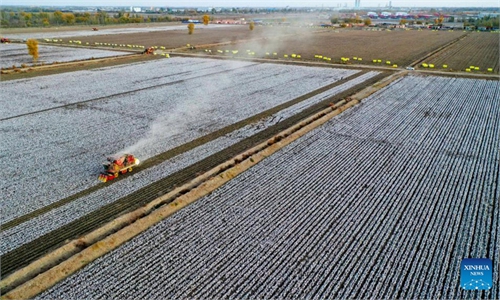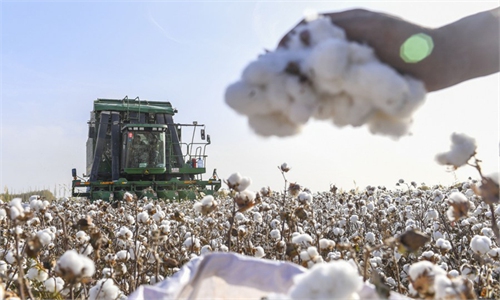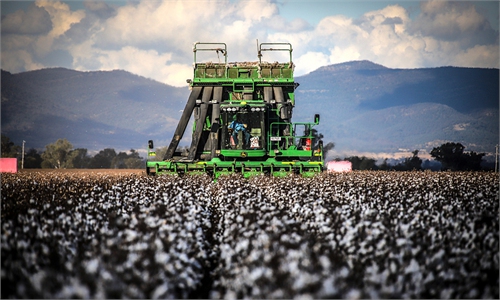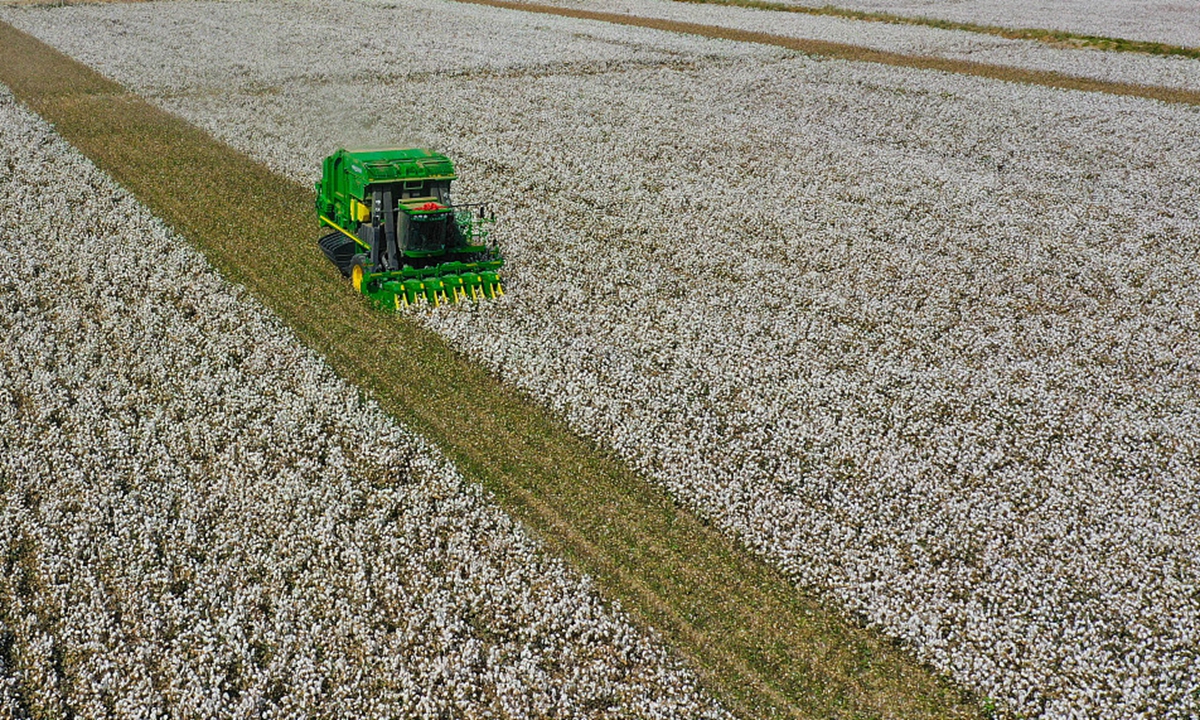
Xinjiang cotton Photo: VCG
There remains serious challenge in the global supply chain for China's textile industry, which is facing a nefarious crackdown from the US government and its allies, and at the same time growing market competition from Southeast Asian economies. Now it is high time for China to better ensure supply chain security, according to Shi Weidong, a member of the 14th National Committee of the Chinese People's Political Consultative Conference (CPPCC)."We need to make the textile and apparel industry into the country's top-level design system for foreign cooperation," Shi, who is also the president of Nantong University, told the Global Times on Monday.
"We also need to encourage Chinese enterprises to carry out win-win cooperation via joint ventures, and provide financial support for key investment projects of textile and garment enterprises," he said.
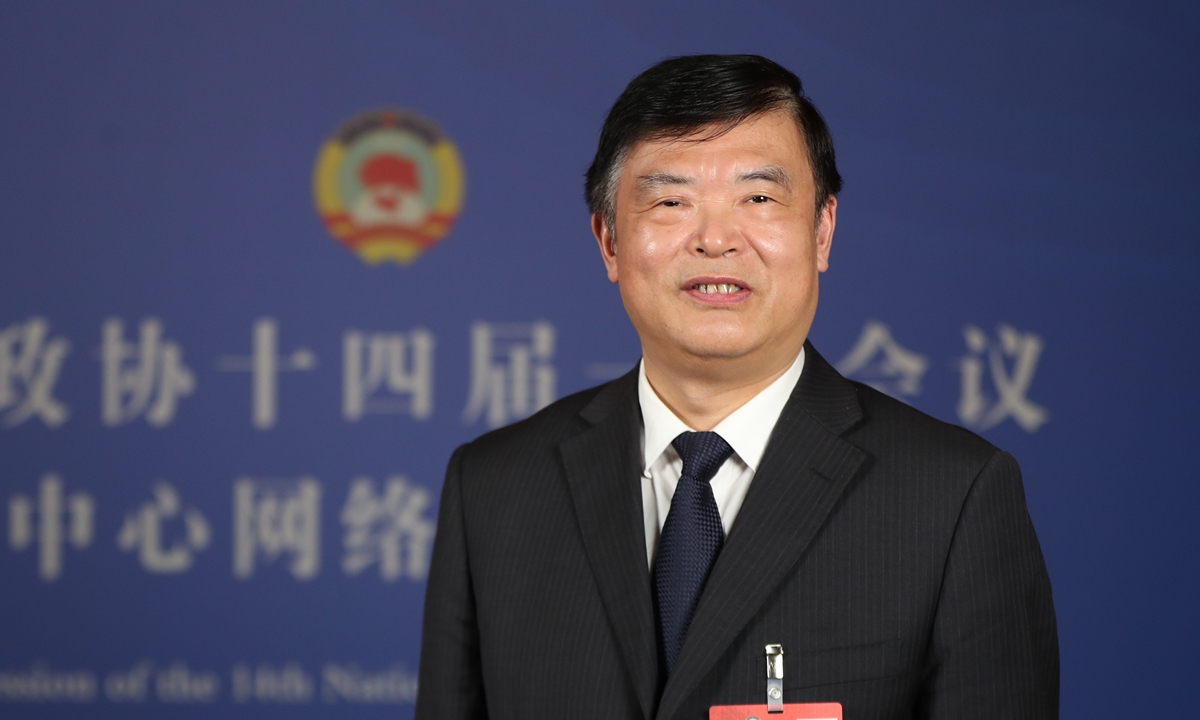
Shi Weidong, a member of the Chinese People's Political Consultative Conference National Committee
Shi's remarks come against the backdrop of China's textile industry coming under rising pressure from Western countries and the competition from the Southeast Asian countries.
The US' so-called "Uyghur Forced Labor Prevention Act" has seriously impacted Xinjiang cotton and its products from entering the international market, Shi said.
The competition in the international market is becoming fiercer as the rapid development of the textile and garment industries in Vietnam, Bangladesh and other labor-intensive economies, which "tends to drive the leading edge of China's textile industry in the international supply chain weaker in the post-epidemic era," Shi said.
China's textile and garment industry output value hit a new high in export scale in 2022, with a trade surplus exceeding $300 billion.
Data from the General Administration of Customs of China showed that China's total textile and apparel exports hit $340.95 billion in 2022, a year-on-year increase of 2.5 percent. The export scale has remained above $300 billion for the third consecutive year last year, and China continues to be the world's largest textile and apparel exporting country.
However, the export of China's textile industry saw subtle changes amid a changing and complicated geopolitical background.
In 2022, China's textile and clothing exports to the US declined by 5.4 percent, followed by a drop of 1.1 percent to the EU and 0.2 percent to Japan, but the growth rate of exports to markets along the BRI, and RCEP partners reached 11.3 and 9.7 percent, respectively.
Currently, the advantages of China's textile industry are largely centered on its manufacturing process, and there is a lack of raw material, design and development and brand channels.
To maintain the advantages of Chinese textile industry, Shi said that in 2023, the country needs to promote the industry and ensure high-quality development among BRI economies to ensure overall stable supply chain.
Shi also suggests the government encourage domestic leading enterprises to actively integrate the raw materials, brands, R&D and market channel resources with the global fiber fashion industry through equity mergers and asset acquisitions.
Shi proposed that textile and garment projects could be included in the "national foreign aid projects" system. For example, foreign aid training for textile talents in Asia and sub-Saharan Africa could be enhanced.
Shi also said that it is necessary to encourage textile enterprises to take the initiative to build the brand image of China enterprises overseas.

